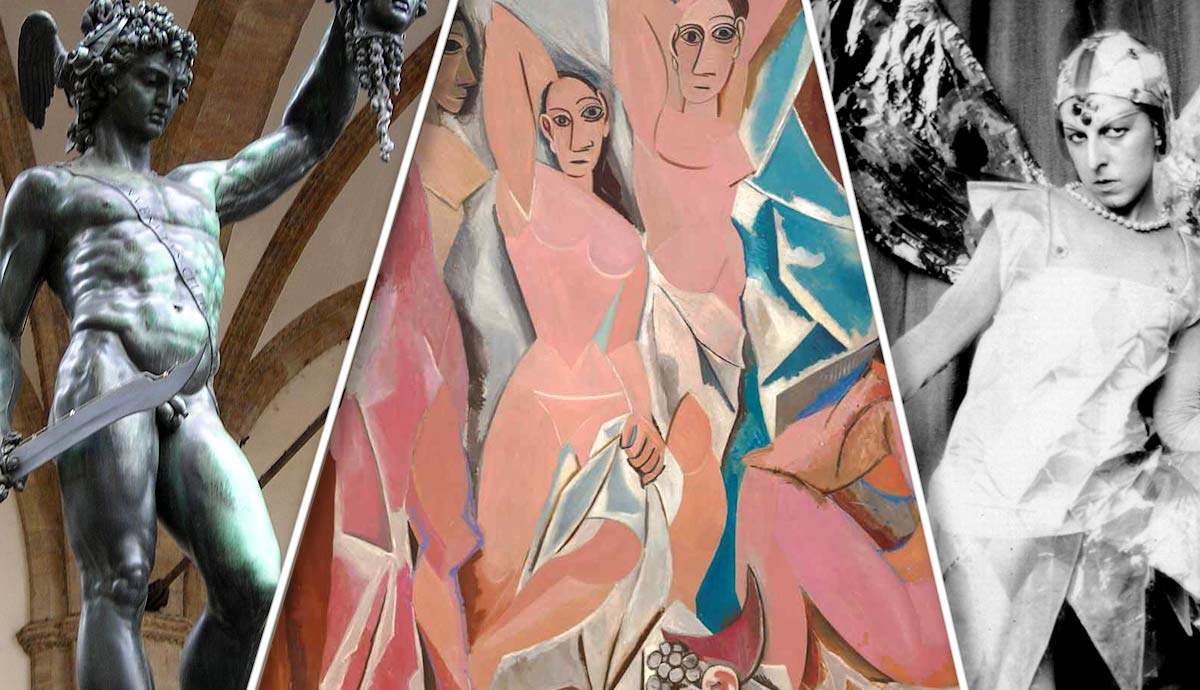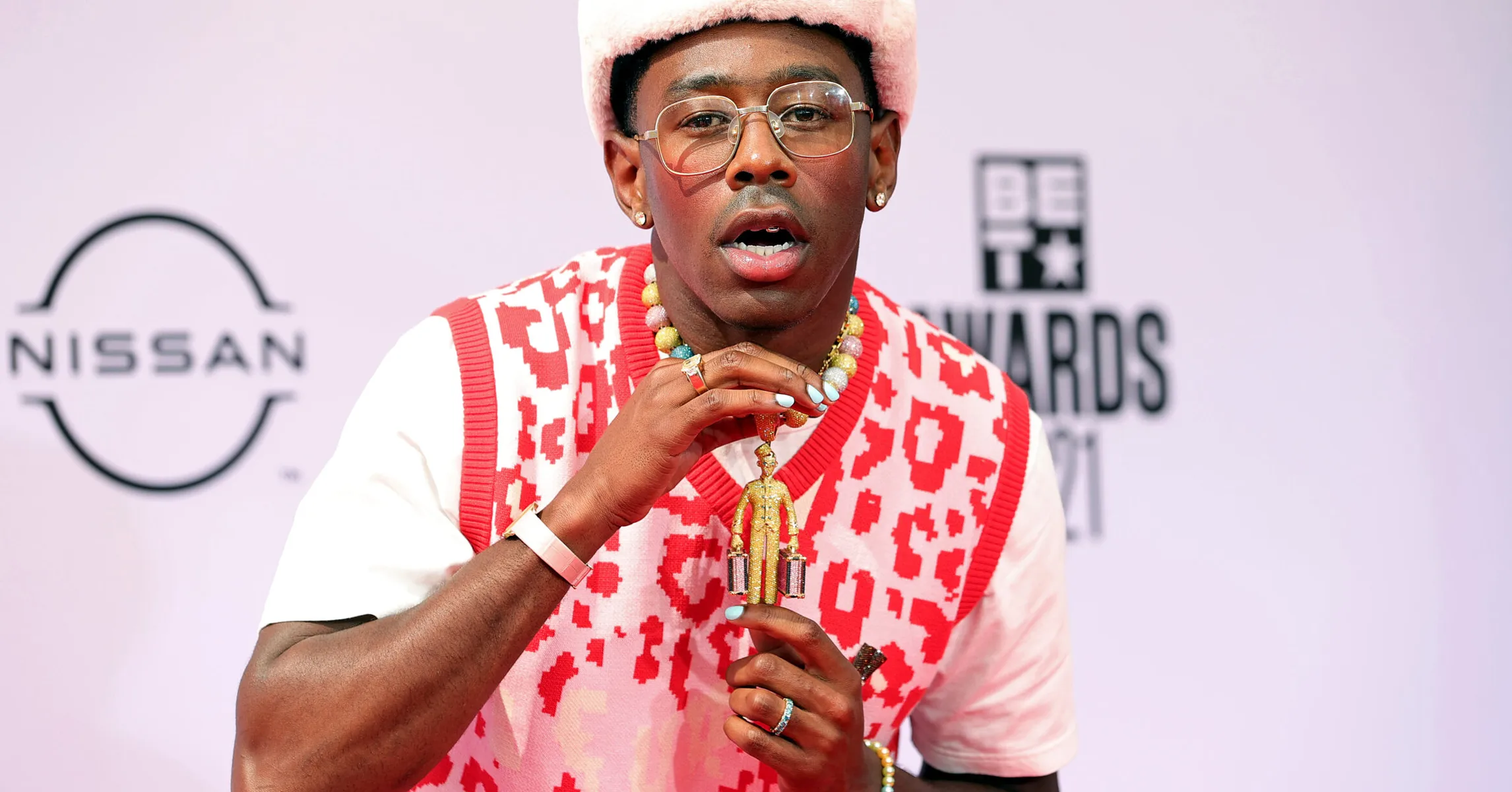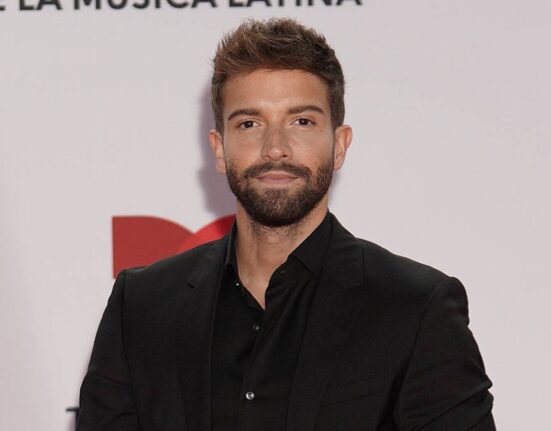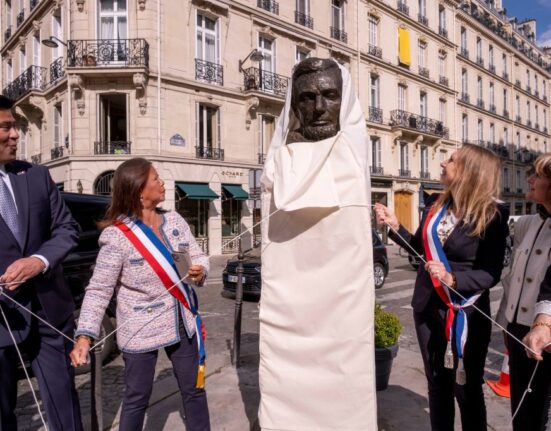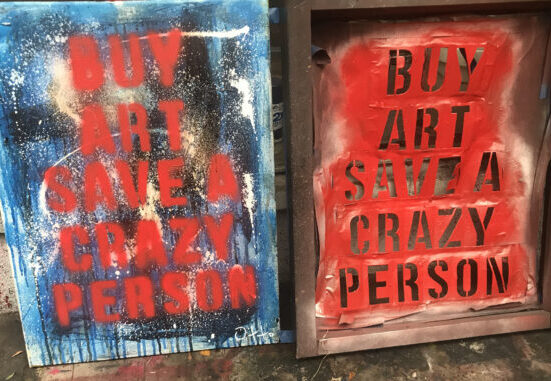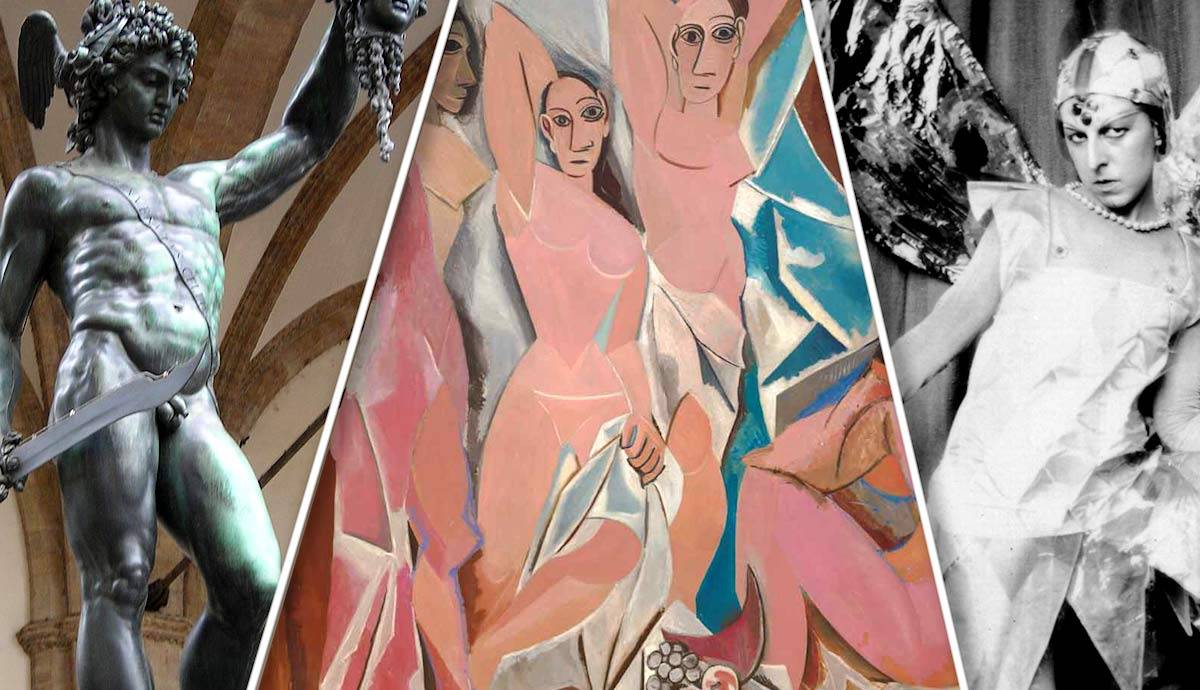
As viewers, we tend to separate the art from the artist and mostly focus on someone’s creativity and legacy, sometimes omitting unpleasant aspects. However, artists are still real people, in the best and the worst ways possible. Many famous artists committed crimes. Some did it for good reasons, while others did it out of bitterness. Let’s take a look at seven famous artists who were accused of criminal offenses during their careers.
1. Caravaggio: The Famous Artist and the Legendary Criminal

There can’t be a list of criminally inclined artists without Caravaggio, the notorious figure of Italian Baroque art. Known for his ill-temper and unpredictable behavior, Caravaggio faced many accusations during his lifetime. On one occasion, he almost murdered a waiter at a Roman restaurant for incorrectly serving artichokes!
The most notorious case of Caravaggio’s violence was the murder of Ranuccio Tomassoni, a young man from an influential Roman family, known as a high-end pimp offering his services to the city’s elites. During a game of tennis, Caravaggio and Tomassoni started arguing. Some experts believe that the reason for their fight was an unpaid gambling debt, while others think it was Caravaggio’s affair with one of the sex workers employed by Tomassoni. Whatever the reason was, the conflict ended with Caravaggio stabbing the man in his thigh, apparently damaging an artery. Tomassoni died minutes later, so Caravaggio had to flee Rome immediately. In the artist’s absence, the court sentenced him to death by beheading. At that period, the motif of severed heads became common in Caravaggio’s art, expressing the artist’s fear for his life.
Some Caravaggio experts attribute his behavior not only to his violent personality but also to possible side effects of lead poisoning. During Caravaggio’s time, pigments for oil paint contained heavy metals and toxic chemicals that could severely damage the health of a person exposed to them. Caravaggio was notoriously messy with his paints, leaving pigments on his skin and clothes, and possibly even licking his brushes. The symptoms of lead poisoning may include fits of aggression, mood swings, and inability to make rational decisions—which sounds exactly like Caravaggio.
2. Pablo Picasso
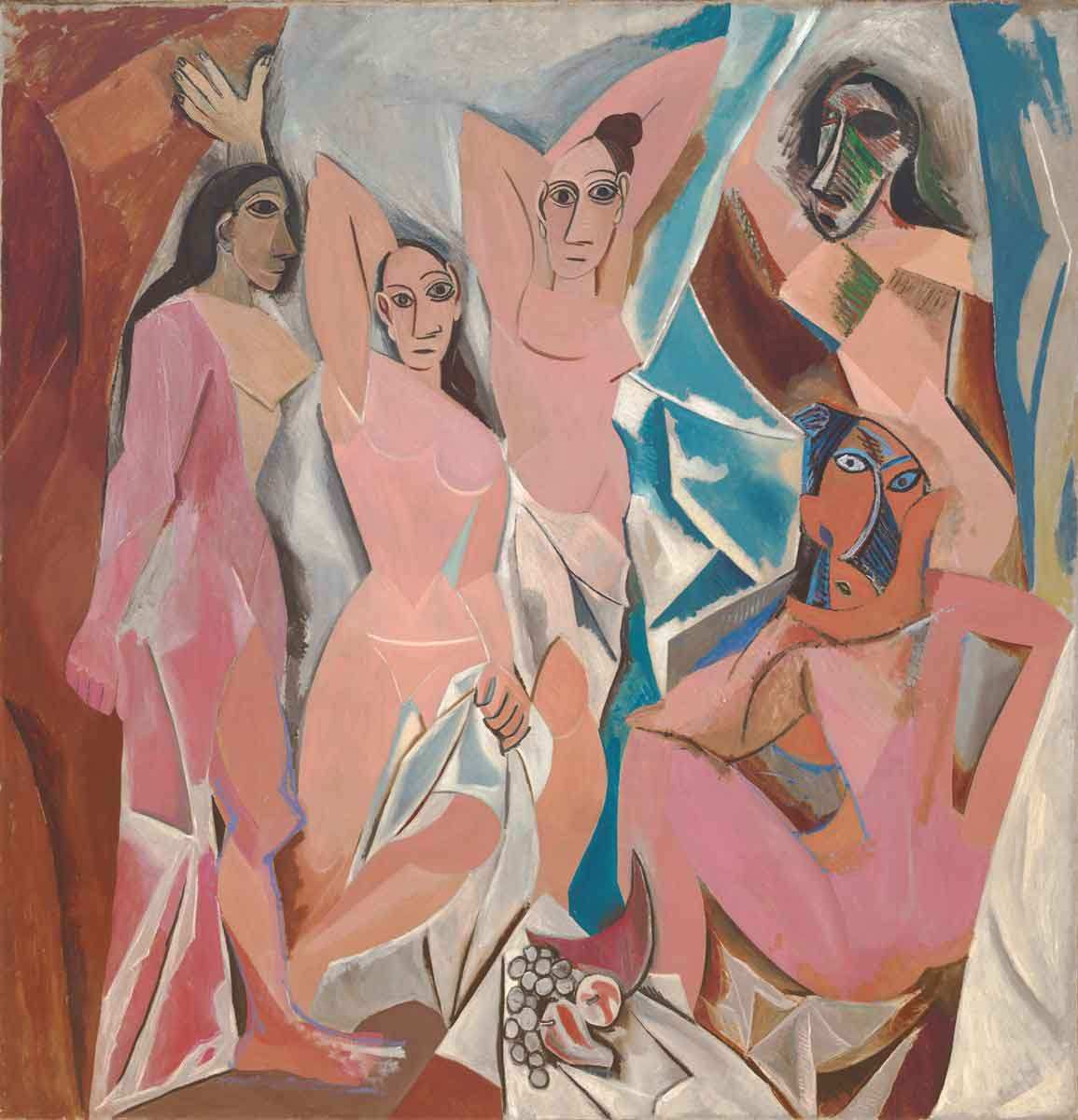
Get the latest articles delivered to your inbox
Sign up to our Free Weekly Newsletter
After settling in Paris in the early 1900s, Pablo Picasso quickly found himself at the center of artistic and intellectual activity. One of his friends was the poet Guillaume Apollinaire, who had connections to the darker side of the art world. While visiting the Louvre, Picasso, a young artist in search of new ways of visual expression, found himself mesmerized by prehistoric Iberian sculptures. He felt the key to inventing new art was hidden somewhere in their oddly shaped faces and oversized eyes.
Through Apollinaire, Picasso contacted the poet’s ex-secretary, Honore-Joseph Géry Pieret, who was ready to steal artifacts for a reasonable price. In 1907, Pieret broke into the Louvre and took several sculptures with him. Months later, Picasso would reveal his ground-breaking Cubist work Les Demoiselles d’Avignon which was heavily inspired by Iberian and African sculpture.
However, the story of Picasso’s involvement in the art theft was far from over. In 1911, the Louvre suffered another loss when someone stole Leonardo da Vinci’s Mona Lisa, barely leaving any trace. The public outcry was so intense that Pieret, expecting a reward and extra attention, decided to sell a story about his crime to a local newspaper. Picasso and Apollinaire immediately became the prime suspects in the Mona Lisa theft story and even attempted to get rid of the stolen sculptures. The police soon determined that the artists had no connection to the heist despite possessing other stolen artifacts.
3. Benvenuto Cellini

Benvenuto Cellini was one of the most prominent sculptors and goldsmiths of Florence. Cellini documented his long list of crimes in his autobiography, sparing no details. Despite the favors of the Pope and the powerful Medici family, Cellini constantly had to move from city to city in order to avoid prosecution.
As a teen apprenticing at a local goldsmith’s workshop, Benvenuto was banished from his native Florence for starting a group fight with his peers. In his late twenties, he took part in military action during the 1527 Sack of Rome. Soon after, he committed his first murder outside the battlefield. His first victim was a Roman Watch guard, who killed Cellini’s brother months earlier in self-defense. According to Cellini, he killed at least four people during his life, and not all his murders were based on revenge. Sometimes, Cellini had professional interests in mind, assaulting rival goldsmiths.
4. The Cabal of Naples: Jusepe de Ribera, Battistello Caracciolo, and Belisario Corenzio
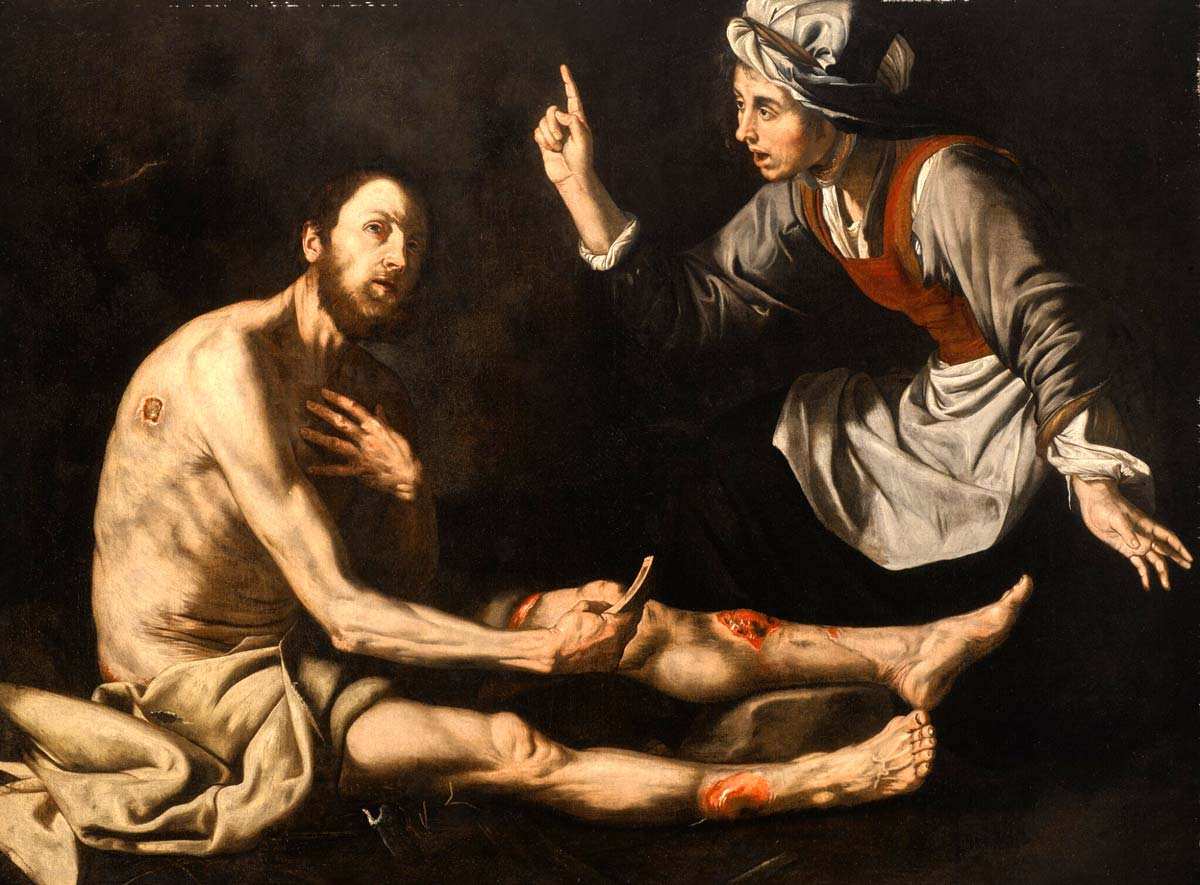
In the Baroque era, Naples was an important trade center, attracting thousands of merchants, creatives, and working-class immigrants. Their hopes for big opportunities backfired with overpopulation, poverty, and skyrocketing crime rates. The artistic competition was fierce, too. In the late 1610s, a group of artists decided to eliminate competition unconventionally by threatening and assaulting other artists.
The group, known under the name of the Cabal of Naples, consisted of a native Neapolitan Battistello Caracciolo, a Greek Belisario Corenzio, a Spaniard Jusepe de Ribera, and a group of their accomplices. Together, they targeted artists invited to Naples by local patrons to work on expensive commissions, painting local churches. The three painters were devoted followers of Caravaggio, the notorious artist-criminal, who visited the city a decade before the group’s activity unfolded.
The most famous case of the Cabal’s violent ways of handling art commissions concerned the frescos for the Naples Cathedral. A Bolognese painter, Guido Reni, appointed to work on the cathedral’s decoration, received numerous death threats and left Naples after two of his assistants had mysteriously vanished. The next artist to receive the commission was Domenichino, who died from a mysterious illness similar to poisoning a few years after moving to Naples. Belisario Corenzio was arrested on suspicion of attacking Reni and Domenichino but he never faced a prison sentence.
5. Egon Schiele

Egon Schiele’s art was sensual, provocative, and devoid of Christian shame. It went against the acceptable depictions of sexuality and triggered assumptions about the artist’s personal life.
In 1912, Schiele and his then-partner Wally Neuzil moved to Neulengbach, attempting to find new inspiration away from Vienna. While the respectable citizens of the town avoided Schiele, local children from poor families were fascinated by the artist. Schiele sometimes paid teenage girls to pose for him, to the great outrage of their families who believed that modeling was a synonym for sex work.
After an incident involving one of Schiele’s models, he was imprisoned for a month and forced to leave Neulengbach. The girl asked Schiele and Neuzil to take her to Vienna to live with her grandmother instead of her parents. Soon after arriving in the capital, the teenager got sick, and the trio returned to Neulengbach. By then, the girl’s father had already filed a report of rape and kidnapping, accusing the artist. While no proof of sexual misconduct was found, the town authorities still convicted Schiele for public immorality and for demonstrating his art in locations accessible to minors.
6. Shepard Fairey
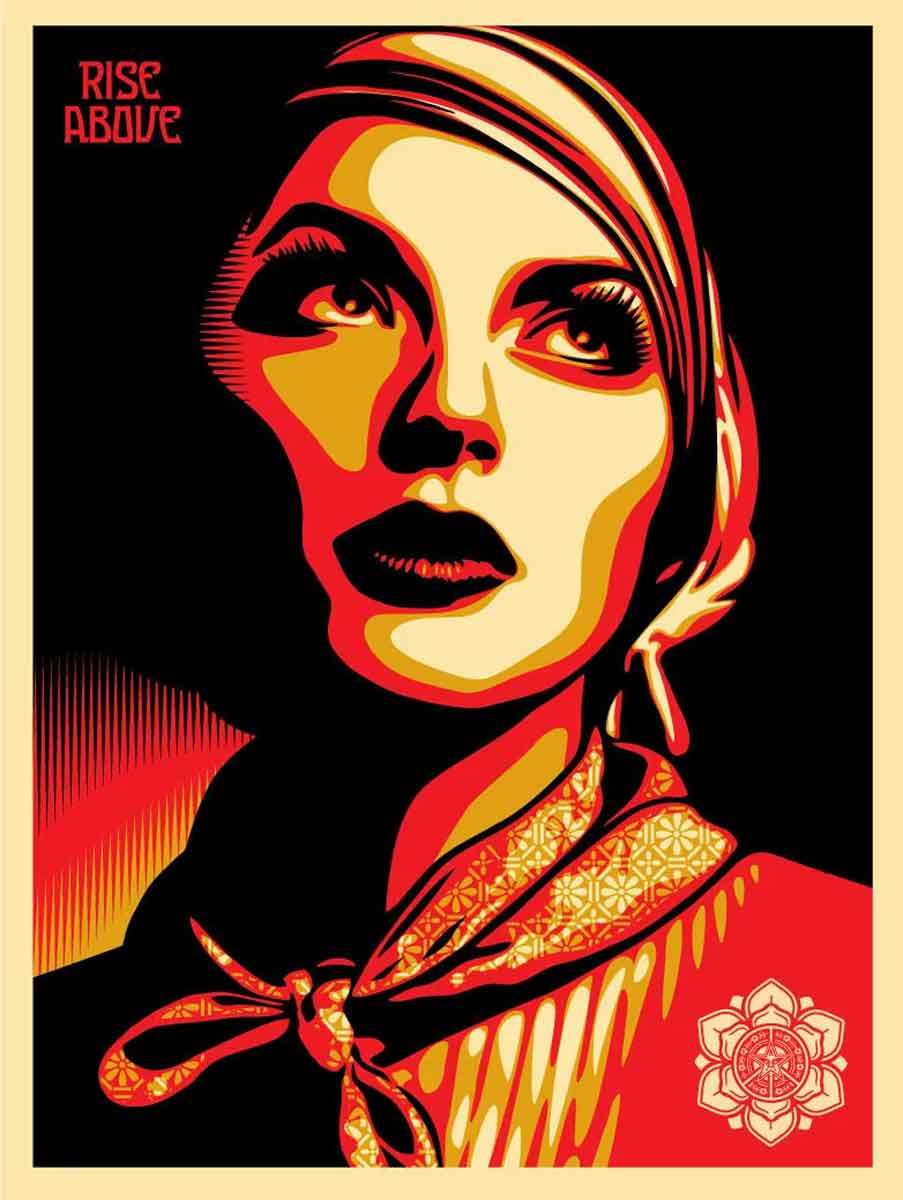
Part of the appeal of non-authorized public art like graffiti lies within the independence of the artmaking act from institutions and the art market. However, as demonstrated by successful street artists like Banksy, sometimes the anti-establishment message can nonetheless become eagerly accepted and monetized by the same establishment. Shepard Fairey, is one of the most famous street artists known for his OBEY posters, Barack Obama’s 2008 portrait, and numerous politically charged murals. During his career, Fairey went through more than a dozen arrests and charges after defacing public property. The most recent case happened in 2015 when Fairey was arrested for alleged vandalism in Detroit. Fairey could have faced up to five years in prison, yet the case was settled quietly and away from the public eye.
7. Claude Cahun: Famous Artist Turned Antiwar Activist
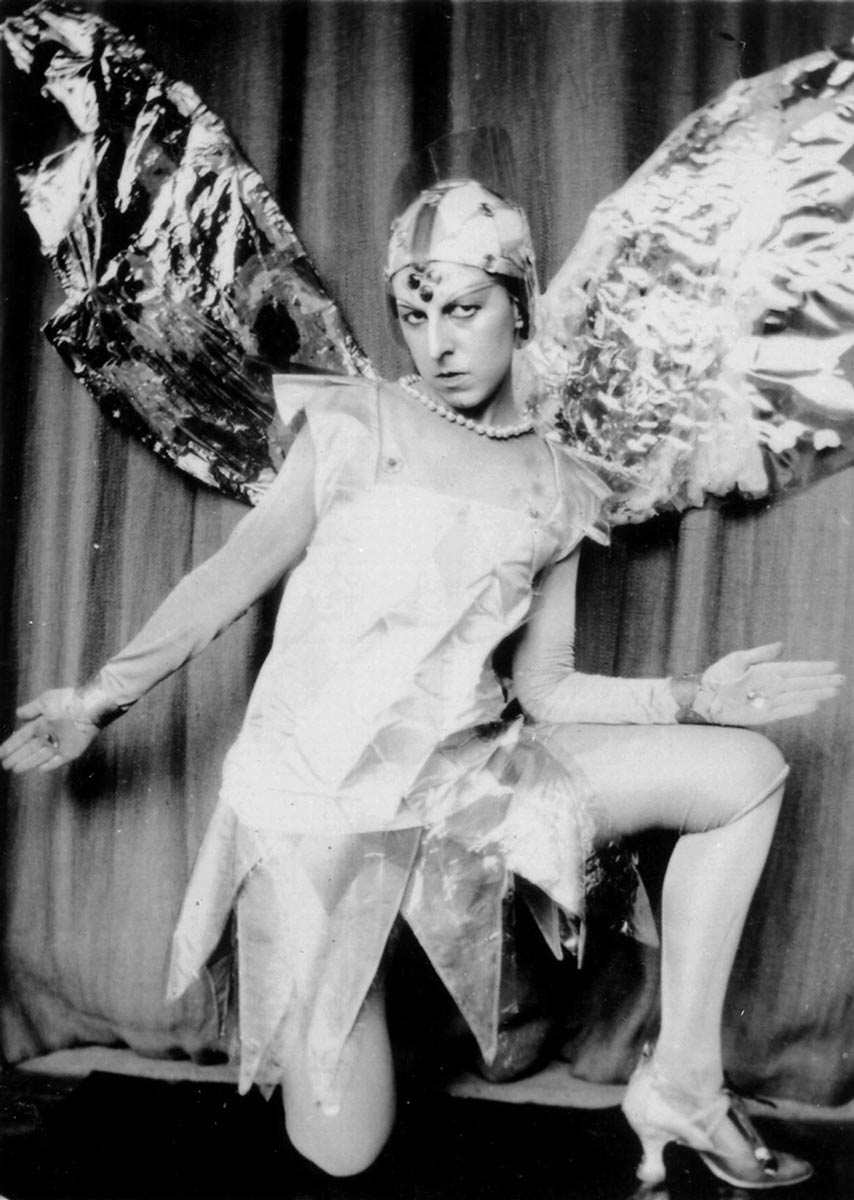
The Surrealist photographer Claude Cahun deserves an honorable mention on this list, even though their crimes were radically different from those of the majority of other artists on the list.
In the late 1930s, Cahun and their partner Marcel Moore settled on the island of Jersey, which was occupied by the Nazi forces in 1940. Under occupation, Cahun and Moore soon joined the Resistance and focused on spreading anti-Nazi propaganda. Cahun and Moore’s artistic skills proved useful for that task. Both artists comprised poems from radio reports snippets and designed posters and leaflets.
Posing as an anonymous German soldier who realized the futility of their leaders’ ambitions, the artists spread leaflets among soldiers and officers, hinting at a possible conspiracy among the ranks. The scale of their work was astonishing: the Jersey occupation authorities managed to find and confiscate around four hundred flyers, which amounted to less than 15% of the whole run. In November 1944, Cahun and Moore faced trial for undermining the German forces. The artists were sentenced to death, but the sentence was never carried out as the island was liberated several months later.

